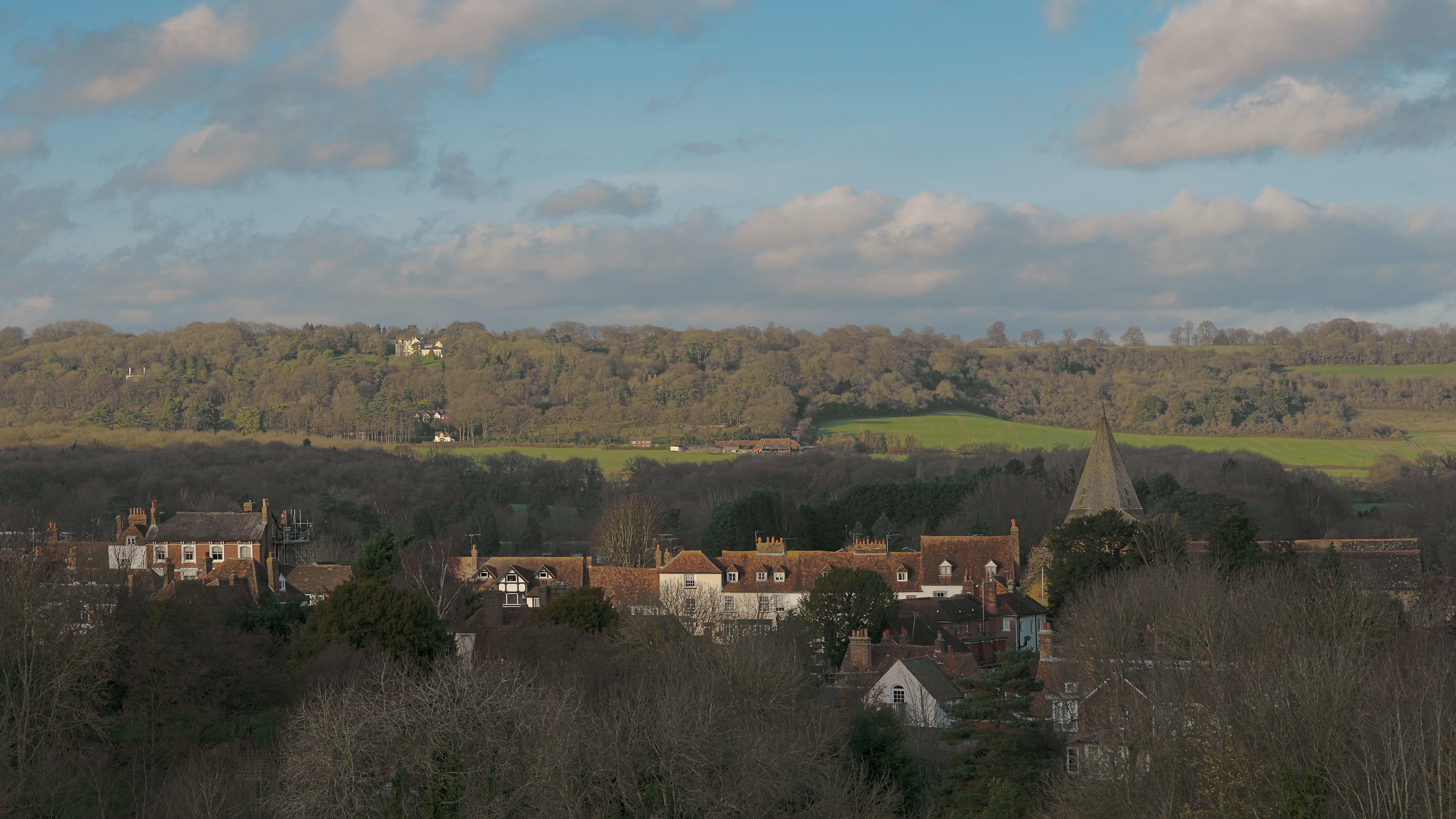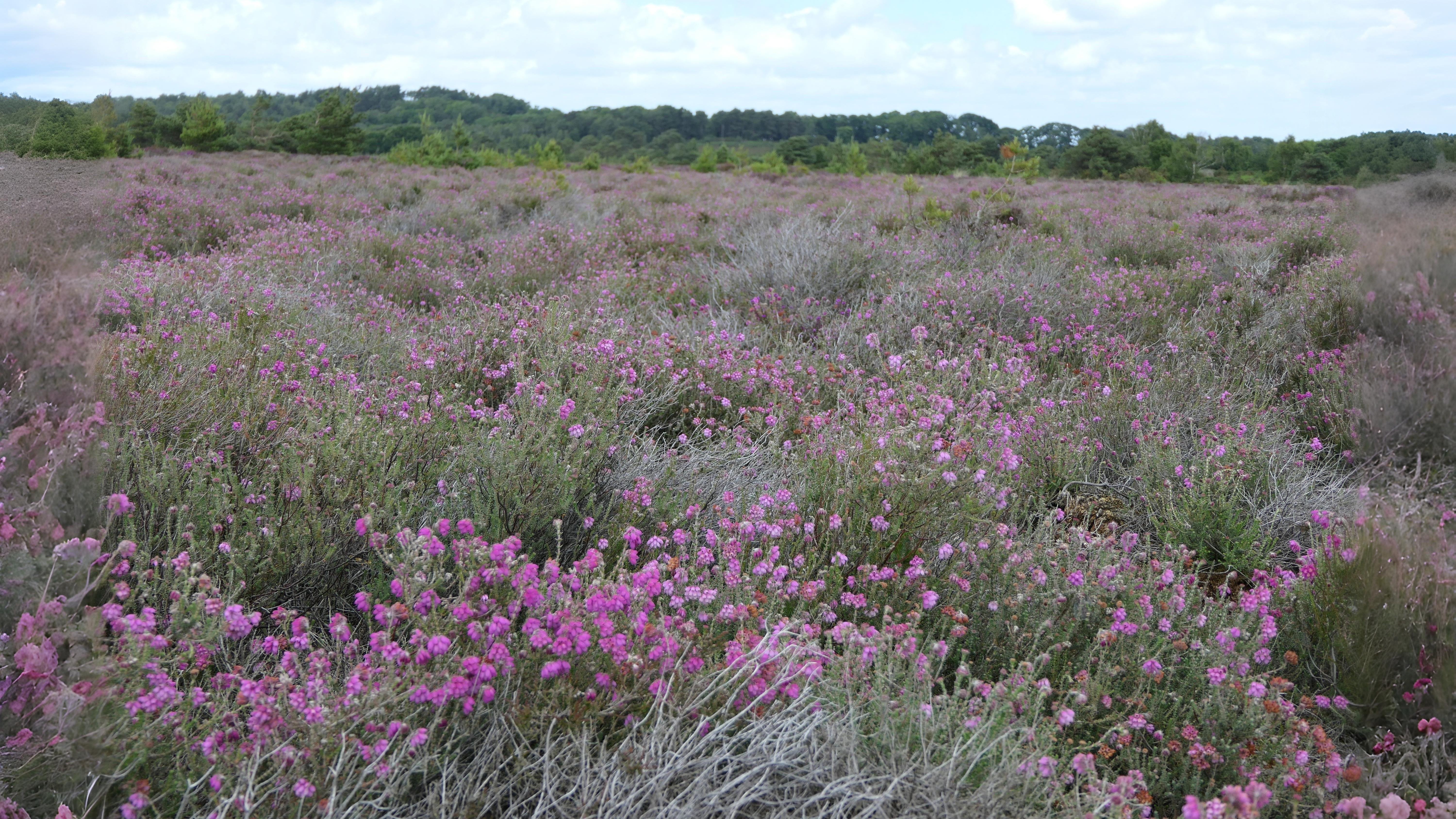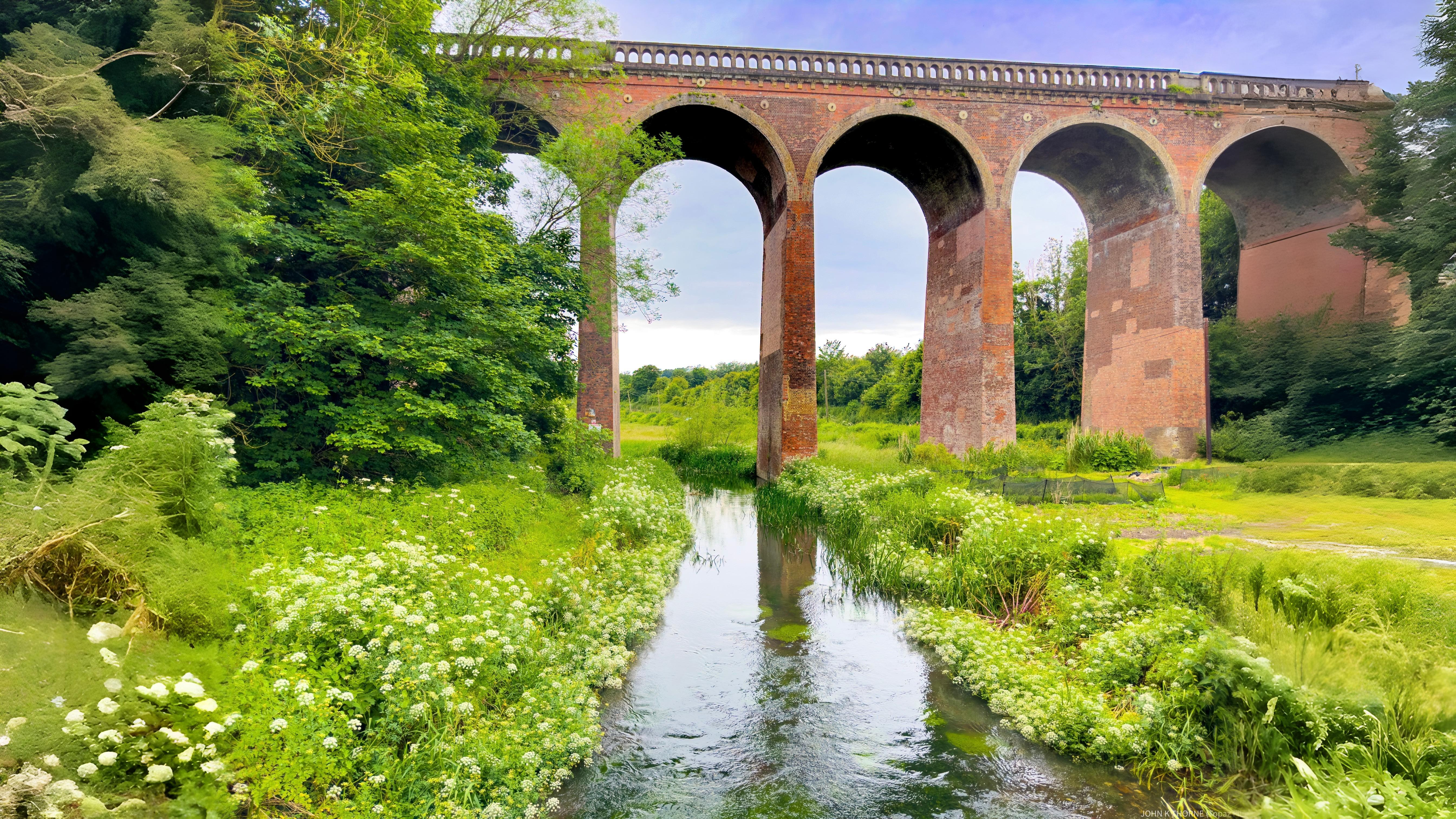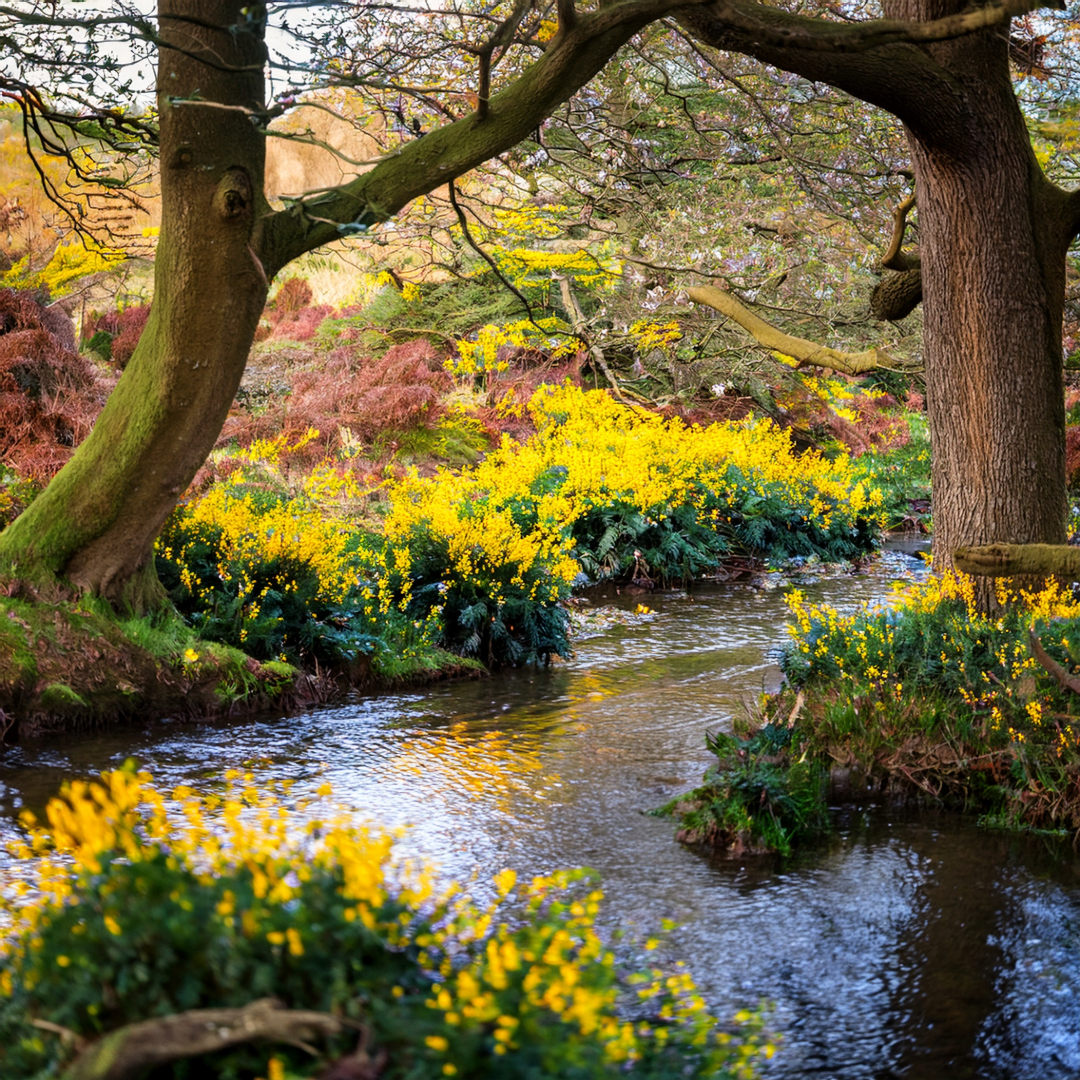
Return on 14 May to explore London’s last wild refuges—before development and neglect erase them for good.
On open heaths, heath bedstraw is common enough, together with small forget-me-nots. Heath violet Viola canina can still be found on Headley and Deptford Heaths. On wilder, less frequented bits of heathland, petty whin Genista anglica may also be found; its flowers being unusual in that they change from yellow to green when dried.
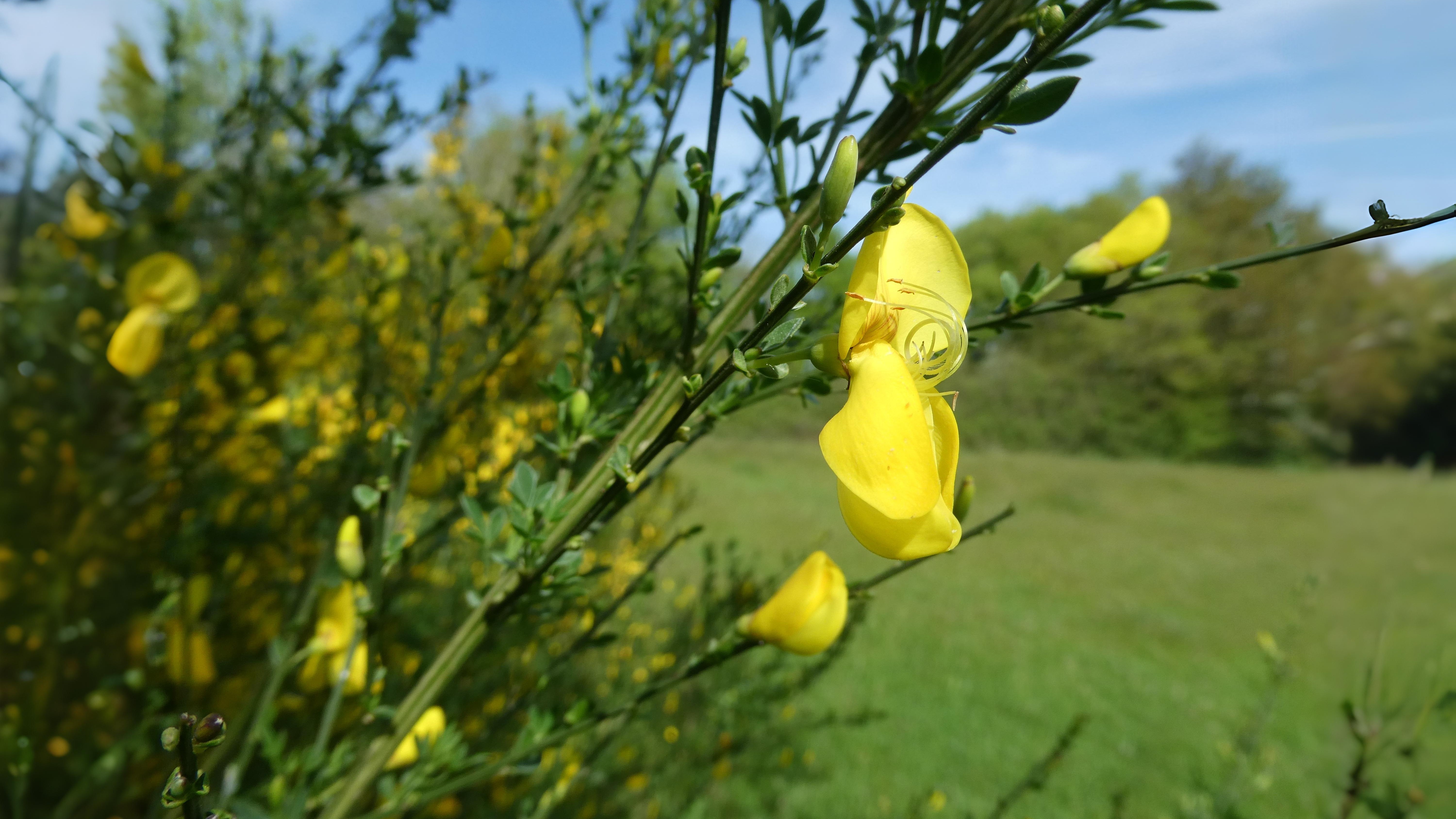

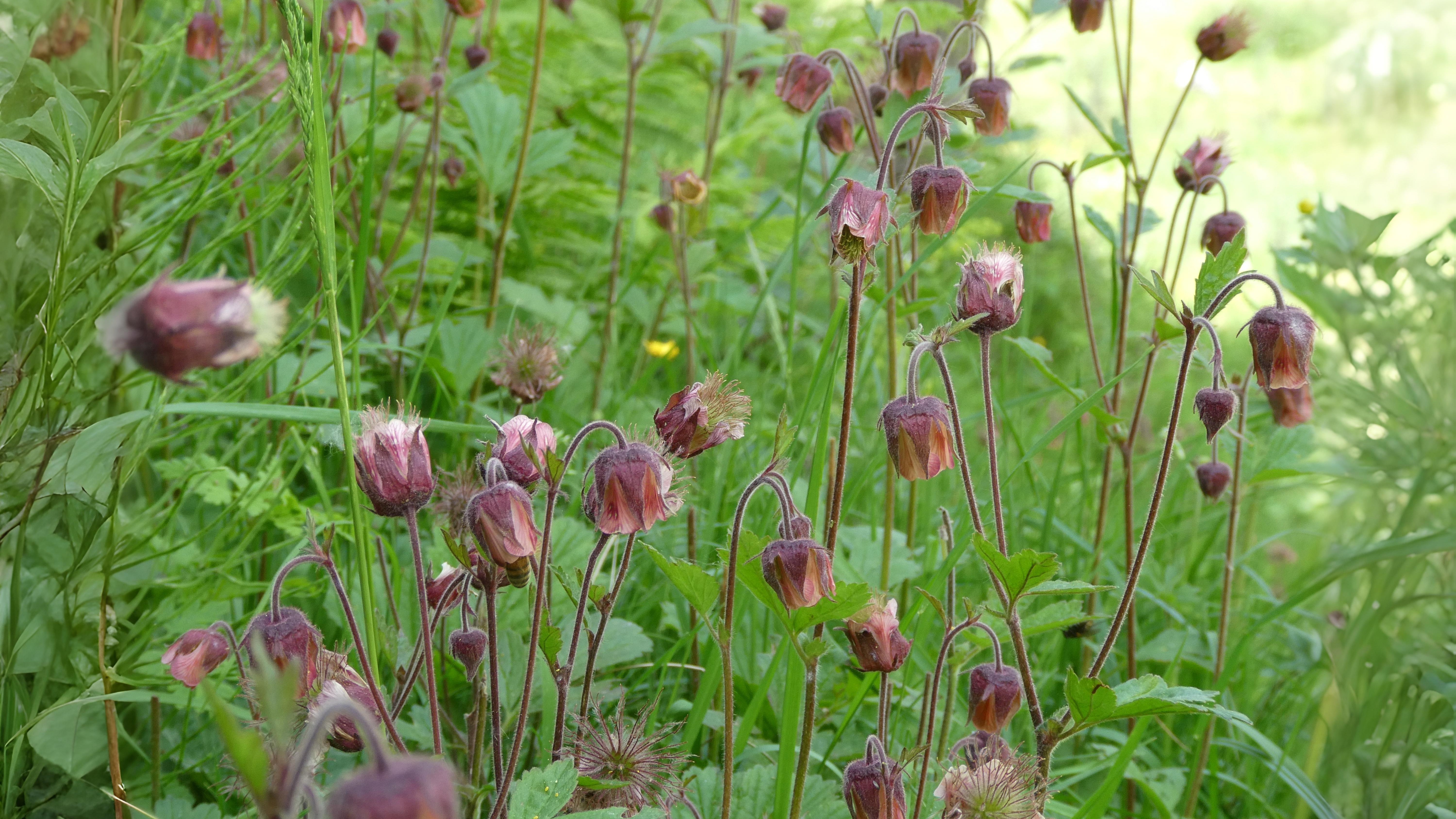

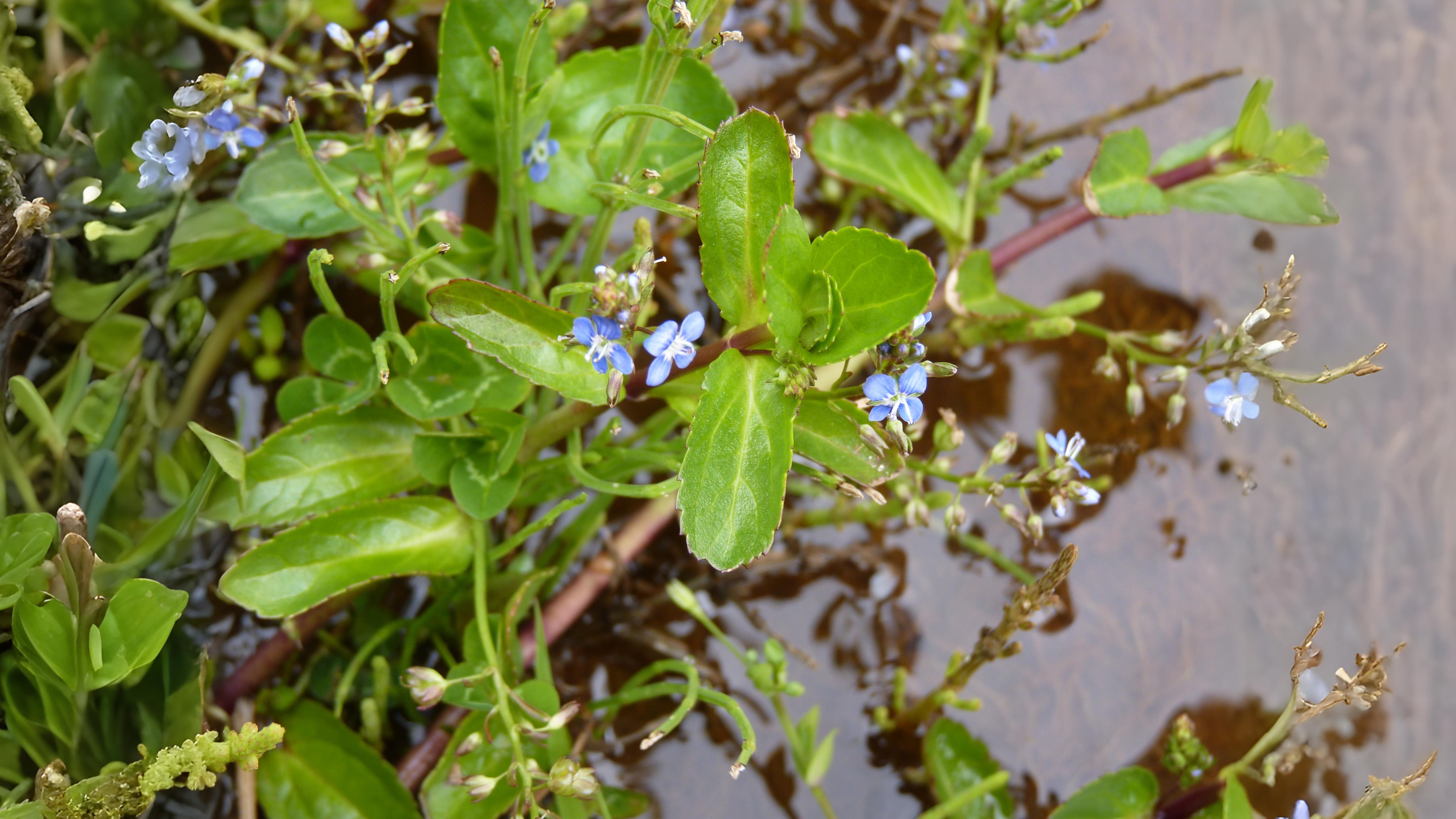

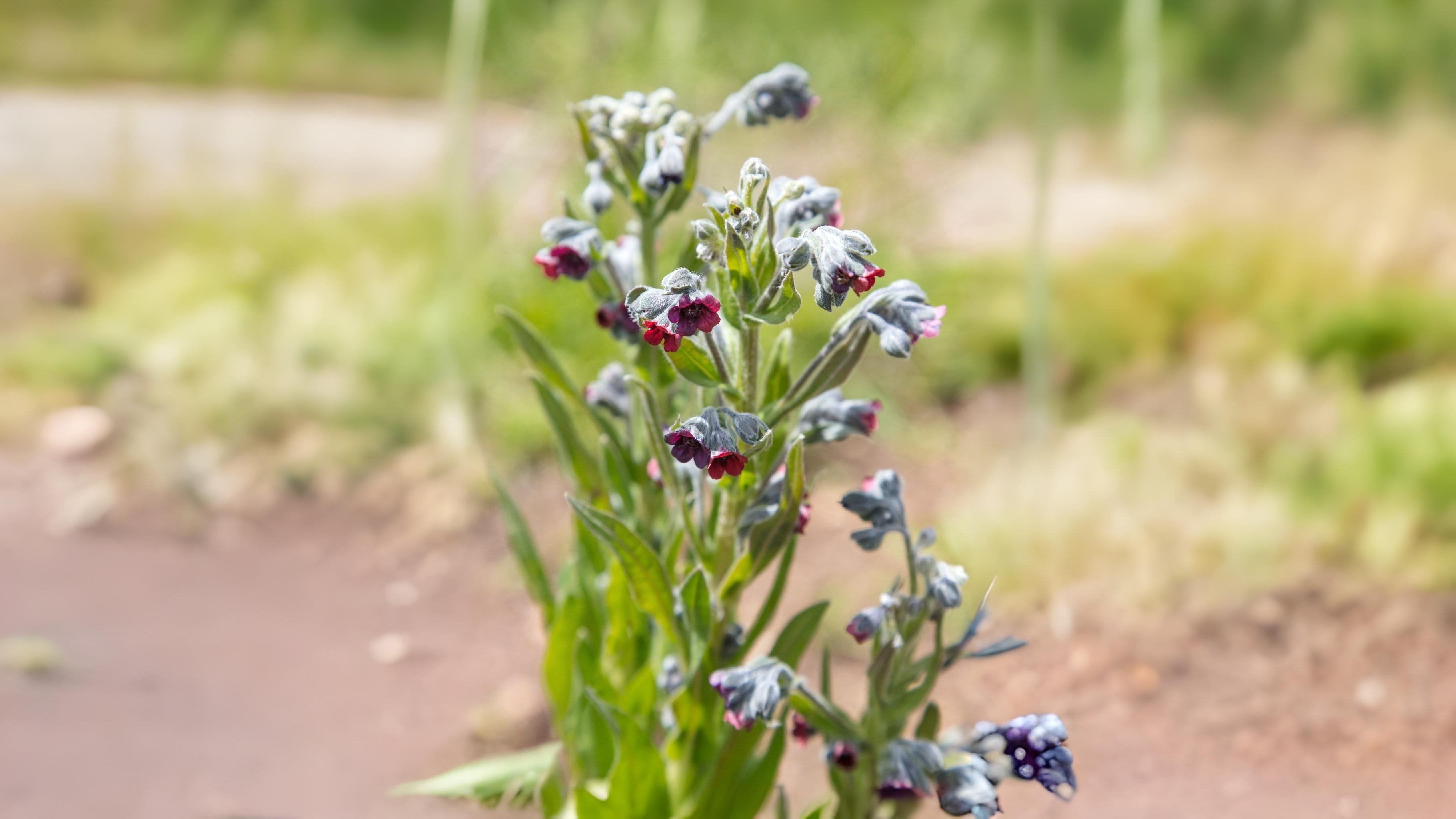

The best way to get familiar with the biodiversity that exists in London is to visit as many different habitats that you can and May is a good month to start. The reason for this is that each habitat has its own precise fauna and flora and quite often its own rarities. Luckily for Londoners inside a twenty-five mile radius of its centre there is a huge number of different habitats although it has to be admitted many are severely reduced in size or degraded. There are, of course, habitats we are unable to visit such as railway embankments, quarries, reservoirs, sewage farms and chalk pits and others such as mountain, maritime and coastal habitats that just don’t exist in our area. Fortunately there are still many left that we can visit.


